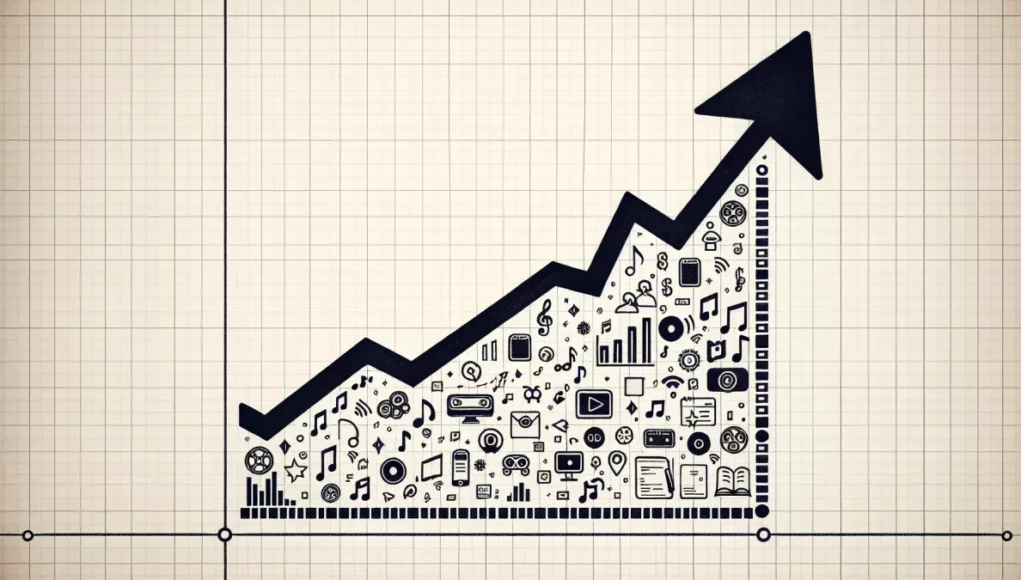In a world increasingly marked by digital transformation, a paradigm shift is occurring – a shift that is redefining how businesses distribute their products and how consumers access them. This shift can be aptly described as the advent of the ‘subscription economy’, calculated by Zuora’s Subscription Economy Index to be more than 300% larger now than it was less than a decade ago. The ‘subscription economy’ has permeated the sphere of content consumption, with a not so gradual increase witnessed in the number of paid subscribers for video on demand (VOD), music streaming, and digital news platforms.
The roots of the subscription model trace back to the newspaper industry of the 17th century, but the digitization of media brought substantial changes. The music industry, decimated by piracy in the early 2000s, has risen like the proverbial phoenix from the ashes, thanks to the subscription-driven model adopted by Spotify in 2008. Internet users, who once pirated music massively, are now paying for monthly subscriptions. Global online music streaming revenues increased by over 20% in 2020 alone and are expected to reach $23 billion by 2025, according to business data platform Statista.
Arguably the most potent example of the success of the subscription model in content consumption is Netflix, which entered the digital space in 2007. Its ascent to the throne of video streaming is a testament to the transition from the traditional pay-per-view and ad-supported models to a subscription-based one. Even with the entry of competitors like Hulu, Amazon Prime, and Disney+ in an increasingly saturated market, Netflix continues to boast strong subscriber growth. As of 2021, its subscribers number over 200 million globally and Netflix’s revenue for the year stands at $25 billion, as reported by Netflix’s Q4 2020 Earnings report.
In addition to audio-visual content, the adoption of subscription models has extended to written and digital news content. The New York Times, a pioneer in this realm, shifted to a hybrid free/premium model in 2011, creating a surge in digital subscriptions. As per The New York Times quarterly earnings report, as of 2020, the publication had 5.3 million digital-only subscribers, generating more than $400 million in annual revenue, which significantly surpassed print advertising and distribution revenue.
The trend bodes well for democratizing access to high-quality content. The subscription-based model allows consumers to pay for what they value, often at a low monthly cost. It also enables publishers to directly monetize their content, rather than relying on low-paying, unpredictable ad revenues.
However, despite the on-going success of the subscription model, it doesn’t come without challenges. While ‘subscription fatigue’ or a purported reluctance on the reader’s part to pay for multiple subscriptions, is widely reported, evidence of its impact remains mixed. Research from Deloitte’s 2020 Digital Media Trends survey indicates that US consumers have an average of 12 paid media subscriptions. This could be a sign that consumers are willing to pay for multiple subscriptions or that they’re yet to hit their limit.
Regardless, it’s clear that the subscription economy is redefining content consumption. With new players entering the market and continuous innovation in the offerings, the subscription consumption model appears set to expand and evolve. Yet, as it does so, the industry needs to ensure it doesn’t lose sight of that which matters most, quality content that engages, informs, and enthralls its audiences.
Sources:
– Zuora’s Subscription Economy Index
– Statista, Global online music streaming revenues
– Netflix’s Q4 2020 Earnings report
– The New York Times quarterly earnings report
– Deloitte’s 2020 Digital Media Trends survey






